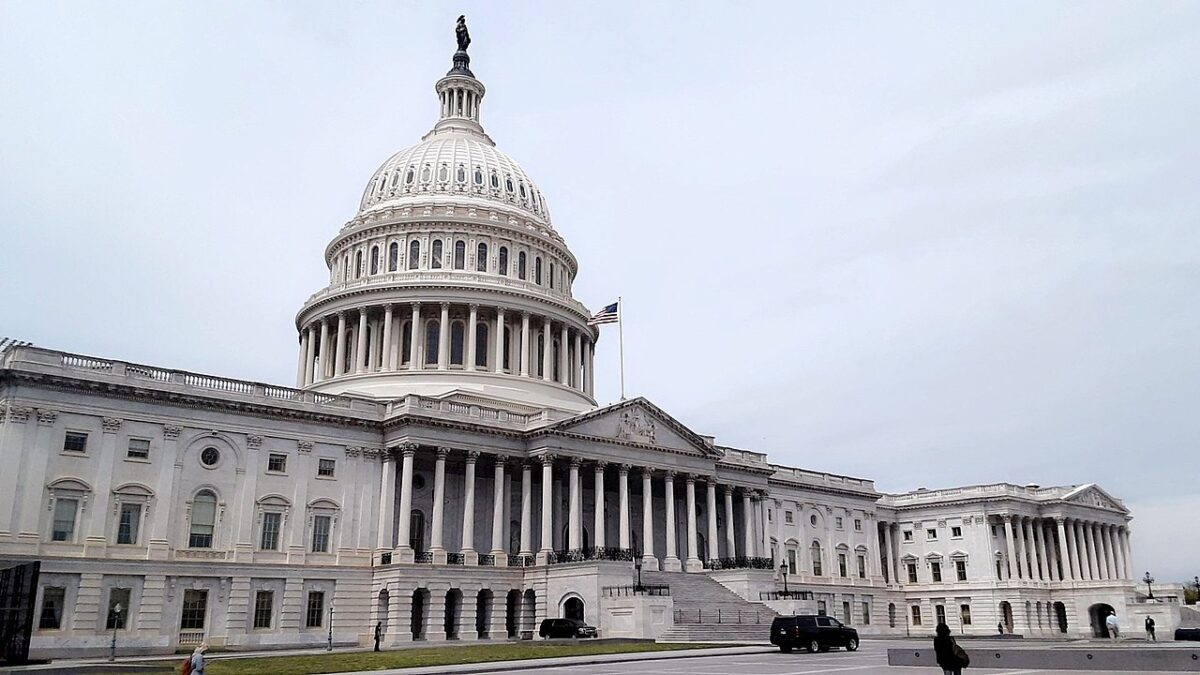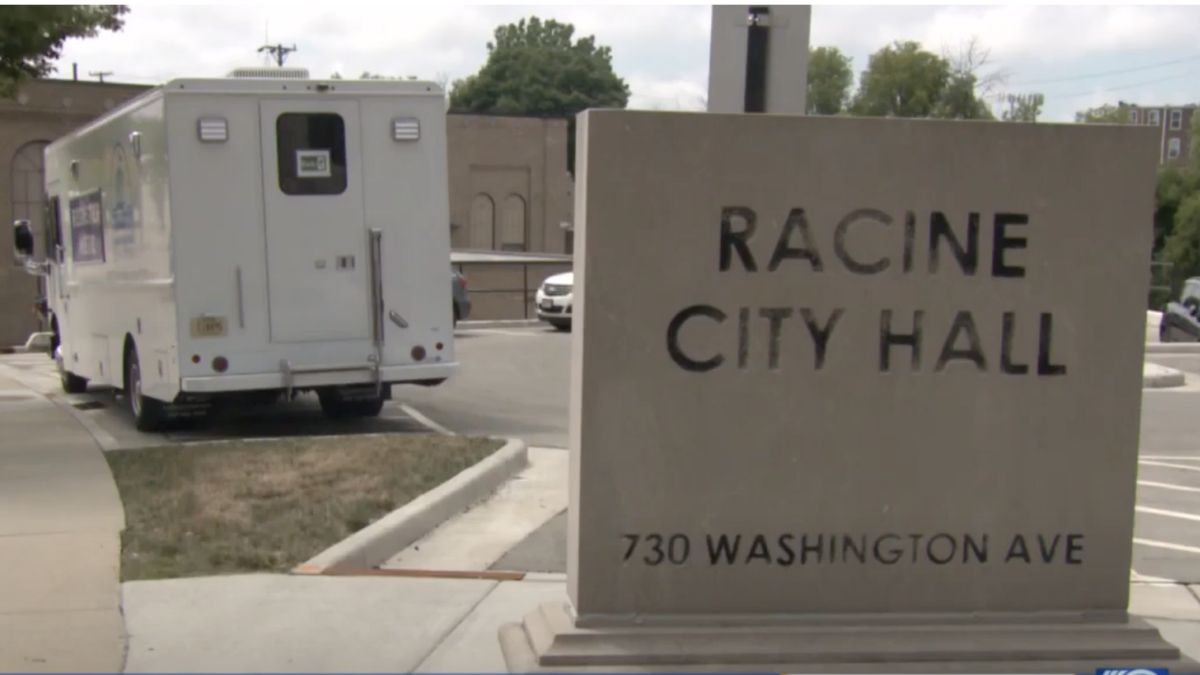President Joe Biden’s Department of Justice (DOJ) sued a small Texas county for drawing its district map in a way that eradicated a sole Democrat-held county seat, arguing the map violates the Voting Rights Act (VRA). But the DOJ’s decision to sue the county could backfire and potentially flip Democrat-held congressional seats after the county called its bluff and went to court over so-called “coalition districts.”
Galveston County’s Precinct 3 is held by Democrat Stephen Holmes and has long been a Democrat stronghold. Until recently, the county lines had been drawn in such a way that they created a “coalition district,” according to Paul Ready, general counsel for Galveston County. A “coalition district” is a district in which no minority group could be a majority, but multiple minority groups are then combined to form a majority-minority district to increase the chances of electing a candidate preferred by the minority groups — often a Democrat, Ready explained to The Federalist.
Galveston County’s brief to the 5th Circuit Court of Appeals, obtained by The Federalist, alleges that coalition districts “present political, not racial, alliances.”
Democrats contend coalition districts are compliant with the VRA and have used these types of districts to amass political control by lumping together multiple minority groups to form a single majority-minority district, Ready explained. That’s the position the Biden DOJ is taking now.
Galveston County argues the VRA is only applicable if there is a sufficiently large enough single racial minority group to create a district where that racial group is in the majority — rather than patching together multiple minority groups that add up to a majority. If Galveston County prevails, its lawyers predict at least a dozen congressional seats that are Democrat strongholds could eventually be redrawn in a way that weakens Democrat power in Washington.
The Map
Galveston County is predominantly white, with the county’s black and Latino population accounting for a combined 38.6 percent, according to Galveston County’s brief. Between 2010 and 2020, the county reports, its population “increased by almost 60,000 people” and, more specifically, the “Hispanic population increased from 22% to 25%” while the black population “decreased from 14% to 12%,” according to the county’s brief. Galveston County Judge Mark Henry noted while speaking to The Federalist that a majority of the population growth occurred in the northern part of the county. As county judge, Henry is the presiding officer of the Galveston Commissioners Court, where he is joined by four commissioners, one of whom represents Precinct 3.
To better reflect the growing population, the county redrew its lines after the 2020 census came out. It was the first time since the Supreme Court’s landmark 2013 decision in Shelby County v. Holder — which found the VRA’s metrics for determining which local voting districts require extra scrutiny by the DOJ were outdated and unconstitutional — that Galveston County did not need preclearance from the DOJ to redraw its maps.
Galveston County was still subject to other provisions of the VRA, including Section 2 which stipulates that a violation happens if members “of a [protected] class of citizens … have less opportunity than other members of the electorate to participate in the political process and to elect representatives of their choice.” In simpler terms, for a VRA violation to occur, it would have to be proven that a minority group had the potential to elect a representative of its choice in the district but that district lines thwarted that opportunity.
Notably, Section 2 was rewritten in the 1980s after a court ruled the original phrasing only barred intentional discrimination, as The New York Times reported. The law was rewritten so that it could be used to challenge a districting plan “that had the effect of diluting minority voting strength, without the need to prove intent,” according to the Times.
Galveston County argues that there was neither a black nor Latino population sufficiently large or compact enough to create a majority-Latino or majority-black district, a fact on which, as the District Court for the Southern District of Texas acknowledged before the county’s appeal to the 5th Circuit, “both parties agree.”
Thus, Galveston County argues when it redrew its lines — putting Holmes’ seat in jeopardy — it did not need to preserve a district in which a majority is cobbled together from multiple racial minority groups, since the VRA only applies if a single minority group is compact and sufficiently sized to make up a majority. The DOJ sued the county, arguing the VRA does protect coalition districts.
Not DOJ’s First Time Meddling In Galveston County
The DOJ previously rejected a map proposal put forward by Galveston County in 2011, arguing the proposal decreased the black population while increasing the Hispanic and white populations.
The DOJ objected that relocating Galveston County’s Bolivar Peninsula would reduce black voters’ “share of the electorate in Precinct 3 while increasing both the Hispanic and Anglo populations.”
In a 2012 Statement of Interest, the DOJ said that the county’s decision to decrease the black population of Precinct 3 from 35.2 percent to 30.8 percent while increasing the Hispanic population from 25.7 percent to 27.8 percent resulted “in an overall decrease of 2.3 percentage points in the precinct’s minority voting age population.”
To remedy their concern, the DOJ negotiated a new plan with the county that “decreased the Hispanic population while increasing the African American population,” according to Galveston County’s brief. That map was adopted, but Galveston County contends the DOJ prioritized black voters at the expense of Latino voters, Ready told the Federalist.
How the Case Could Upend Congress
A three-judge panel heard the case before calling for the entire 5th Circuit panel to consider the legality of coalition districts.
In a per curiam decision in November, the three judges said that prior decisions recognizing coalition claims were “wrong as a matter of law.”
The 5th Circuit issued an en banc opinion in December granting Galveston County’s request to stay any changes to the county’s map pending the appeal. Concurring with the stay, nine judges wrote that “at the end of the day, plaintiffs would read § 2 to require race-based redistricting with no logical endpoint. The County has shown a likelihood of success in arguing that is unlawful.”
Ready explained to The Federalist that if the 5th Circuit rules in favor of Galveston County, using the VRA to create coalition districts would be illegal in Texas, Louisiana, and Mississippi. Coalition districts in other states would remain unaffected unless the Supreme Court ruled on the matter, which Ready said is likely.
Constitutional law expert Hans von Spakovsky told The Federalist he believes the 5th Circuit is likely to rule in favor of Galveston County.
Ready believes there are at least five current House seats held by Democrats in Texas that could be affected should the 5th Circuit rule “coalition districts” are illegal: Texas’ 7th District (Houston), 9th District (Houston), 18th District (Houston), 30th District (Dallas), and 32nd District (Dallas).
“The Supreme Court is likely to hear this case after the 5th Circuit issues its decision for two reasons,” Ready explained. “The Supreme Court is more likely to take cases where courts of appeals are split so federal law is more consistent across the country. There will be a split on the question of coalition districts no matter what the 5th Circuit decides because at least one other court of appeals has gone both ways.”
“Second, the entire Supreme Court considered the stay application in this case within days last December, which shows that the Justices of the Supreme Court think this is important,” Ready continued.
Spakovsky agreed that a split in the courts of appeals would act as a “prime priority reason for the U.S. Supreme Court” to take the case. However, he also noted that should the DOJ and its co-plaintiffs lose in the 5th Circuit, they may be reluctant to appeal to the Supreme Court out of fear of threatening other coalition districts in areas not encompassed by the 5th Circuit Court of Appeals.
Should the Supreme Court hear the case and rule in favor of Galveston County, Ready believes these 10 “coalition districts” could be upended: Florida’s 10th District (Orlando), 14th District (Tampa), 24th District (Miami), and 25th District (Fort Lauderdale); Georgia’s 7th District (Marietta); Indiana’s 7th District (Indianapolis); North Carolina’s 1st and 12th Districts (Charlotte); Ohio’s 11th District; and South Carolina’s 6th District (Columbia).
All of those districts are currently held by Democrats.









